The Real-World Guide to Eating for Muscle (That Actually Works)
I’ve spent years in the trenches as a strength coach and nutritionist, and I’ve seen the same story play out a thousand times. Someone walks into the gym, absolutely fired up. They nail every workout, their form is on point, and they push themselves hard. But months later? Crickets. The scale hasn’t budged, and they don’t look any different.
In this article
Almost every single time, the problem isn’t the gym. It’s the kitchen.
Here’s the hard truth: Muscle isn’t built with dumbbells alone. It’s built with protein, fueled by carbs, and supported by healthy fats. Your diet isn’t just part of the equation; it’s the other fifty percent. People get so bogged down in complicated formulas and conflicting advice, but honestly, the core principles are surprisingly simple. You need building materials (protein), you need energy to run the construction site (calories and carbs), and you need a solid support system (fats, vitamins, and minerals) to keep everything running smoothly.

This guide isn’t just a list of ‘good’ and ‘bad’ foods. It’s a look into the ‘why’ behind it all, packed with the practical, real-world stuff I’ve shared with everyone from competitive athletes to busy parents. Let’s get into it.
The Science, but Make It Simple
Before we even think about food, let’s talk about what we’re trying to do. It’s a process called Muscle Protein Synthesis (MPS). Think of your muscles as a brick wall. When you lift weights, you create tiny little cracks in that wall. This is a good thing! It signals a construction crew to come in.
MPS is that crew taking amino acids (from the protein you eat) and using them to patch up the cracks and add a new layer of bricks, making the wall thicker and stronger. Our job with nutrition is to make sure that crew has all the bricks and energy it needs, exactly when it needs them.
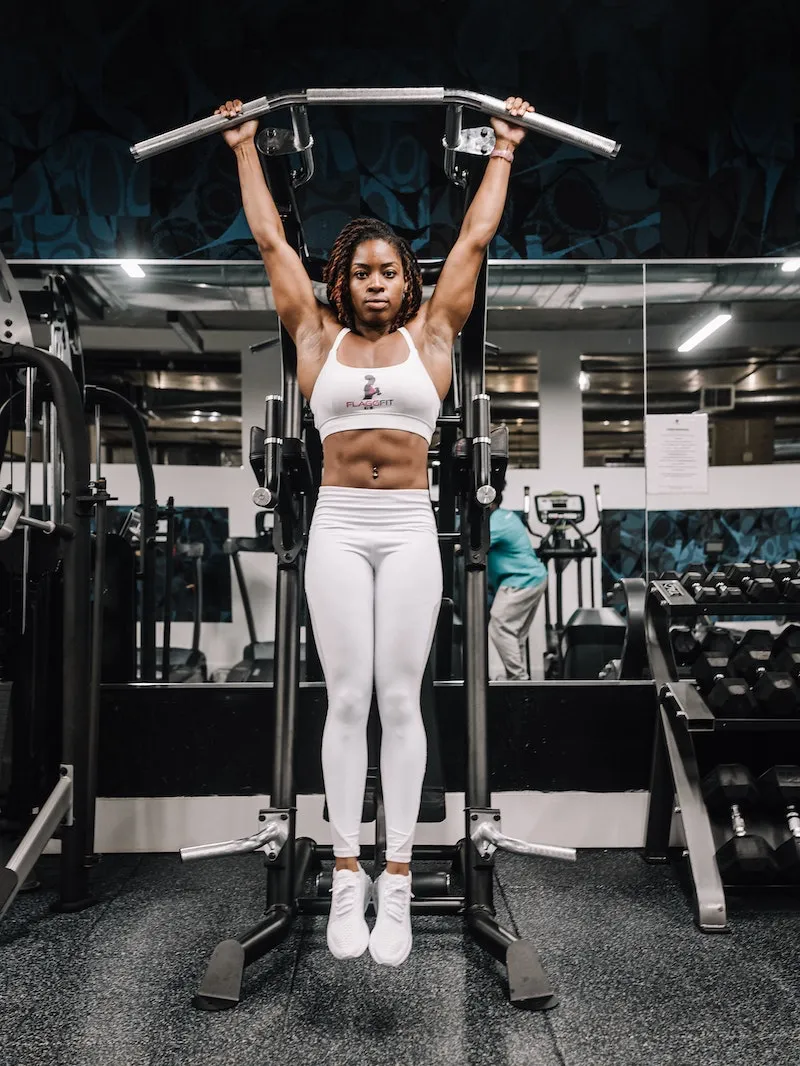
First Things First: You Need Enough Energy
You can’t build a house without materials, and you can’t build muscle without a surplus of energy. This means you have to eat slightly more calories than you burn. It’s often called a ‘caloric surplus,’ and it’s non-negotiable for significant growth.
So, how do you figure that out? It’s the number one question I get.
A super simple starting point is to multiply your body weight in pounds by 14 to 16. If you’re 180 pounds, that’s a maintenance baseline of roughly 2,500-2,900 calories. But that’s just an estimate. For a real-world number, try this: Download an app like MyFitnessPal or Cronometer and just track what you normally eat for a week, without changing anything. This gives you your true baseline.
Once you have that number, add a modest 250-500 calories on top. That’s your target. This gives your body enough extra fuel to build muscle without piling on a ton of unwanted fat.

Your Three Key Nutrients
Those calories come from three main sources, or ‘macros.’ Each one has a critical job.
-
Protein: The Actual Building Blocks. This is the star of the show. Proteins are made of amino acids—the literal bricks for your muscle wall. Without enough protein, the construction crew has nothing to build with. Aim for about 0.7 to 1.0 grams of protein per pound of your body weight. For a 180-pound person, that’s 126-180 grams per day.
-
Carbohydrates: The High-Octane Fuel. Carbs have gotten a bad rap, but for anyone active, they are absolutely essential. Your body stores carbs in your muscles as glycogen, which is the main fuel for lifting weights. Low glycogen means weak workouts. Plus, carbs help shuttle nutrients (like those amino acids) into your muscle cells to speed up recovery.
-
Fats: The Hormone & Support Crew. Healthy fats are vital for producing key hormones, including those involved in muscle growth. They also help you absorb certain vitamins and form the very structure of your cells. Focus on getting them from sources like avocados, nuts, seeds, and olive oil.
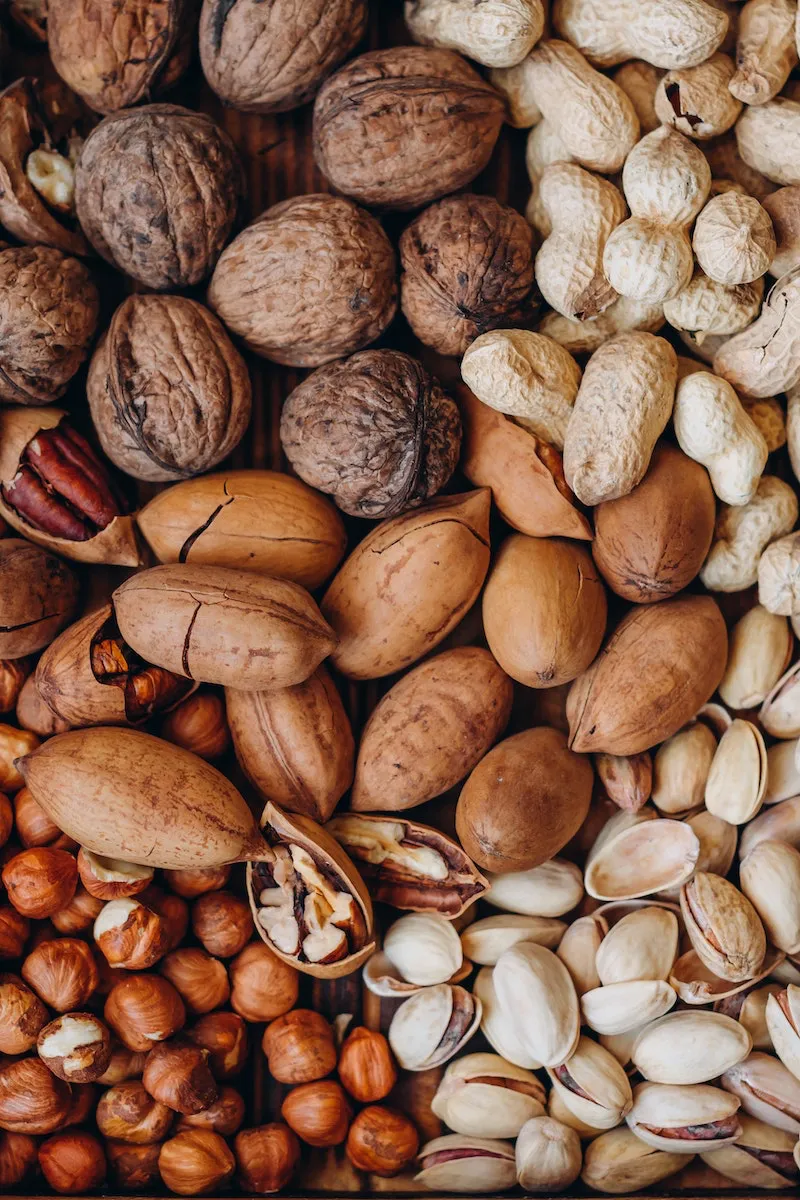
Your Muscle-Building Shopping List
Before you go to the store, screenshot this. These are the staples that should form the foundation of your plan. No fancy, overpriced supplements—just real food.
High-Quality Proteins:
- Whole Eggs
- Chicken or Turkey Breast
- Lean Ground Beef or Turkey (93/7 is a great choice)
- Sirloin Steak or Flank Steak
- Salmon (fresh or canned)
- Sardines (a cheap omega-3 powerhouse!)
- Plain Greek Yogurt
- Cottage Cheese
- Tofu or Tempeh
- Lentils and Chickpeas
Energy-Packed Carbs:
- Oats (Rolled or Steel-Cut)
- Brown or White Rice
- Quinoa
- Potatoes (Sweet and White)
- Whole-Grain Bread or Pasta
- Beans (Black, Kidney, etc.)
- Fruit (Bananas, Berries, Apples)
Healthy Fats:
- Avocados
- Olive Oil
- Nuts (Almonds, Walnuts)
- Seeds (Chia, Flax, Pumpkin)
- Natural Nut Butter
The Foundational Foods in Detail
Let’s dive deeper into why these foods are so effective.
Whole Eggs: The Gold Standard
For years, people were scared of the yolks. Thankfully, we know better now. The protein in eggs is incredibly easy for your body to use—it’s the benchmark all other proteins are measured against. A large egg has about 6 grams of protein, and guess what? The yolk contains nearly half of it, plus crucial nutrients. I always tell my clients: eat the whole egg. Throwing away the yolk is like throwing away nutrition.
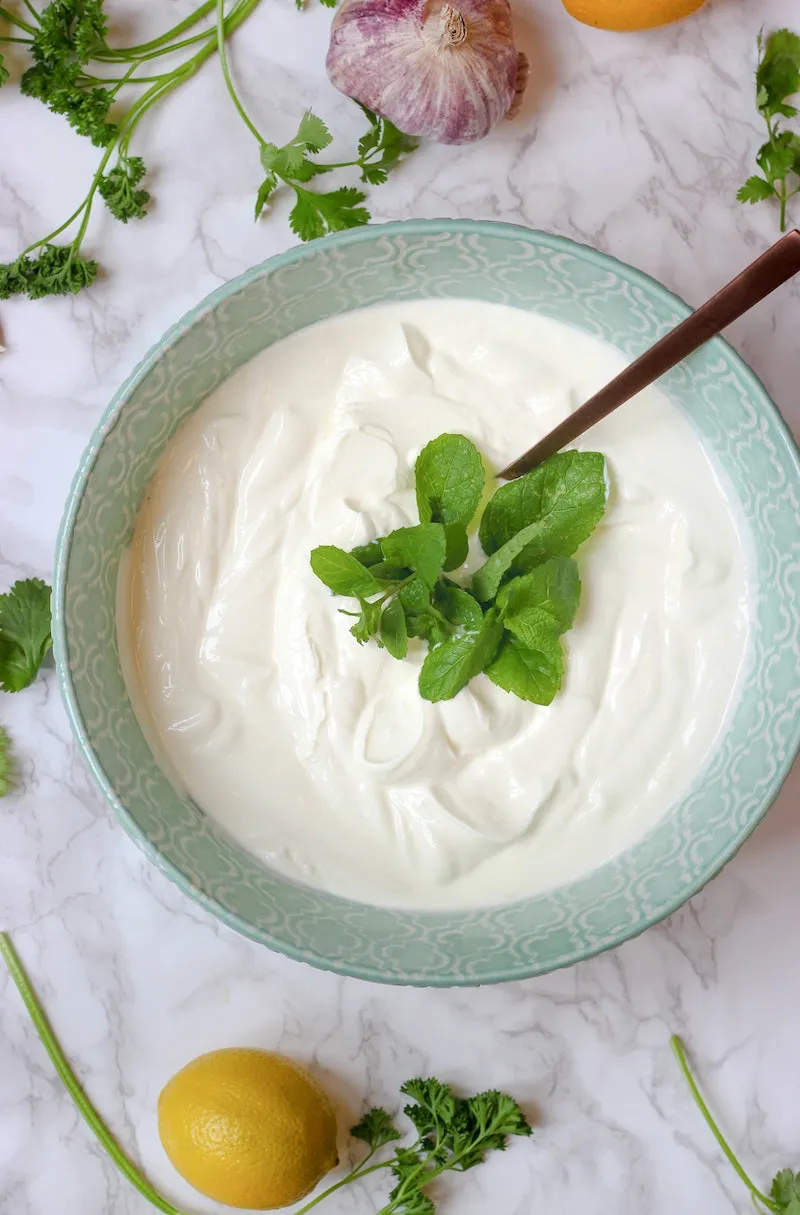
Quick Tip: Three scrambled eggs with a piece of whole-wheat toast is a perfect post-workout meal. It’s cheap, takes five minutes, and gives your body exactly what it needs to start repairing.
Lean Meats: The Complete Package
Chicken, turkey, and beef are ‘complete’ proteins, meaning they have all the essential amino acids your body needs to build muscle. Chicken and turkey breast are incredibly lean and protein-dense. About 3.5 ounces of cooked chicken breast packs a massive 31 grams of protein.
But don’t sleep on lean red meat. It’s one of the best sources of creatine (for strength) and heme iron (for energy). I once had a client who was dragging in his workouts. We strategically added two 6-ounce servings of lean sirloin into his weekly plan, and his energy and lift numbers shot up within a month.
Heads Up! For your own safety, always cook meat to the right temperature. That’s 160°F for ground meat and 145°F for whole cuts of beef.
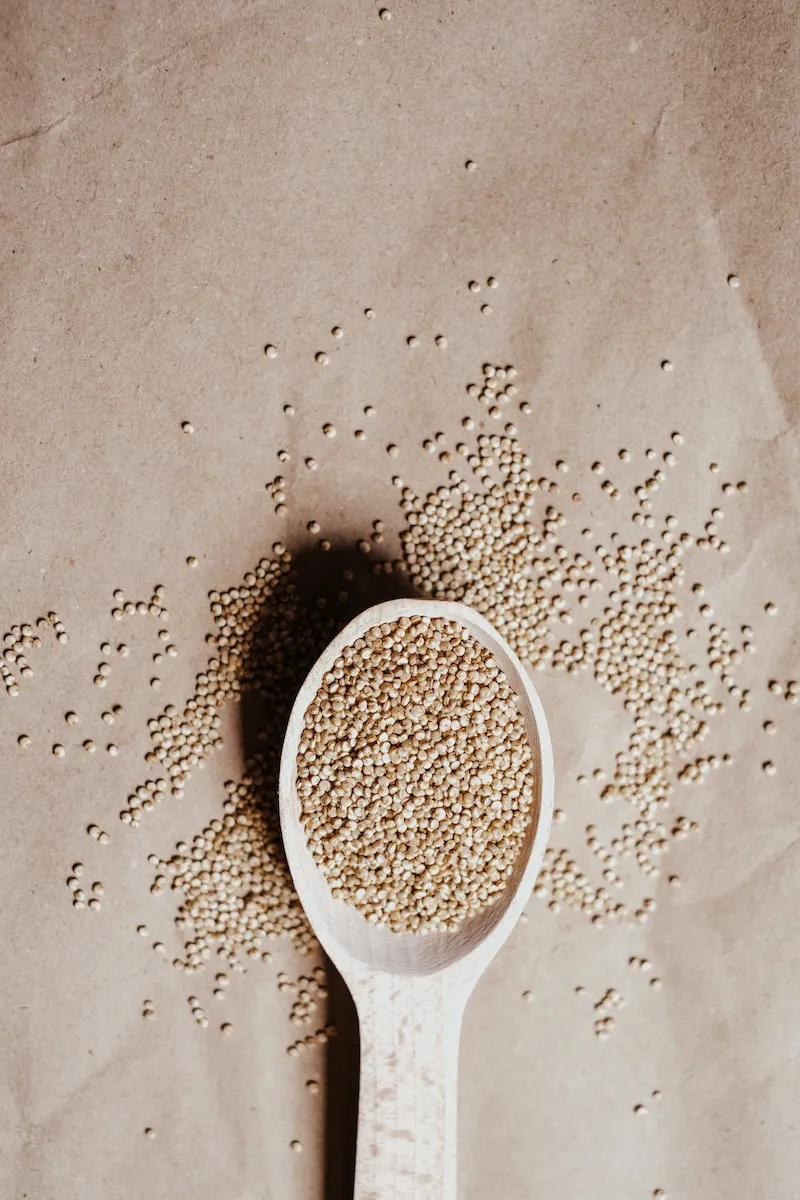
Fatty Fish: The Anti-Inflammatory Protein
Fish like salmon are great, but they can get pricey. A fantastic, budget-friendly alternative is canned salmon or sardines, which you can get for just a few bucks a can at any grocery store. They’re not only packed with protein but are also the best source of omega-3 fatty acids. Intense training causes inflammation, and omega-3s are amazing at managing it, which means less soreness and faster recovery between your workouts.
The Power of Dairy: A Smart Combination
Plain Greek yogurt and cottage cheese are my go-to dairy sources. They contain a powerful one-two punch of two types of protein: whey and casein. Here’s how to think about them:
- Whey Protein is the ‘fast-acting’ crew. It digests quickly, making it perfect for kick-starting recovery right after a workout. This is why Greek yogurt is awesome in a post-gym smoothie.
- Casein Protein is the ‘overnight’ crew. It digests very slowly, releasing a steady stream of amino acids for hours. This is why a bowl of cottage cheese before bed is a classic bodybuilding trick—it literally feeds your muscles while you sleep.
By the way, always buy plain versions. The flavored kinds are often packed with sugar, turning a health food into a dessert.
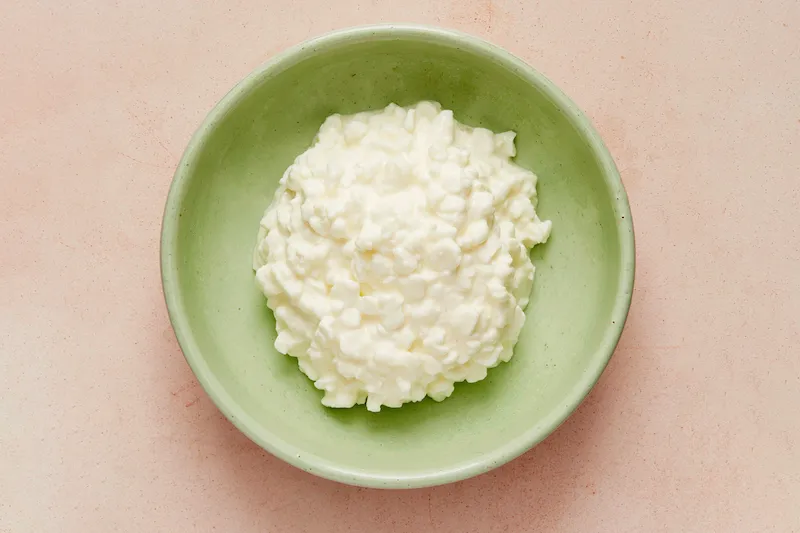
Plant-Based Power: It’s Easier Than You Think
You can absolutely build muscle on a plant-based diet; you just have to be a bit smarter about it. Legumes like lentils, chickpeas, and beans are your best friends. They’re loaded with protein, fiber, and slow-digesting carbs.
The key is combining foods. Think about it: cultures have done this for centuries with things like rice and beans. The amino acids that are low in one are high in the other. Soy (tofu, tempeh, edamame) and quinoa are also fantastic because they are complete proteins all on their own.
What About Supplements? The Real Deal
The supplement aisle is confusing, but only two are really worth your money for muscle growth.
-
Protein Powder (Whey or Casein): This is not magic. It is simply a convenient food product. It’s not better than chicken or eggs, but it’s incredibly useful when you’re in a rush or right after a workout. A scoop of whey protein in a shaker cup is a lifesaver on a busy day.
-
Creatine Monohydrate: This is one of the most studied, safest, and most effective supplements on the planet. It helps your muscles produce energy, which can help you squeeze out that one extra rep. That extra rep, compounded over months, leads to more growth. All you need is 5 grams a day, every day. Don’t bother with fancy ‘loading’ phases. And good news: a tub of creatine monohydrate is cheap, usually $20-$30 for several months’ supply.
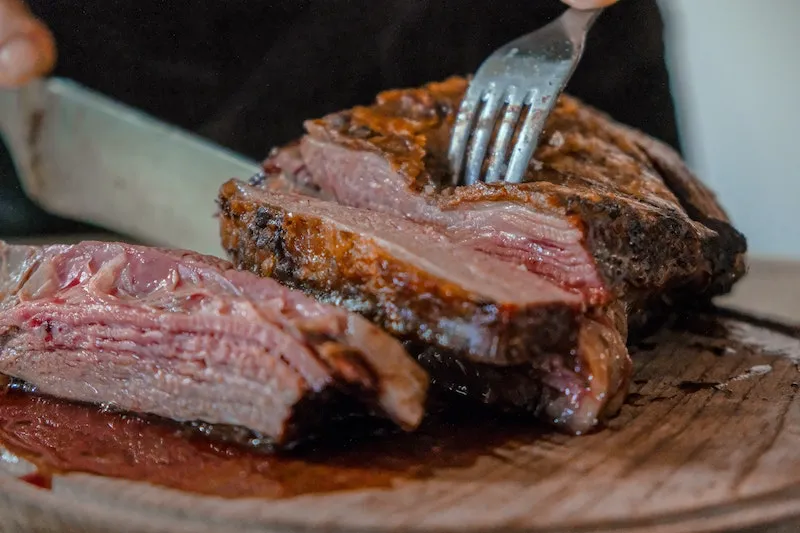
Putting It All Together & Fixing Common Problems
A Sample Day of Eating
This isn’t a strict plan, but it shows you how to structure your meals:
- 7 AM (Breakfast): 3-4 whole eggs scrambled, 1 cup of oatmeal with berries.
- 10 AM (Snack): Plain Greek yogurt with a handful of almonds.
- 1 PM (Lunch): 6 oz grilled chicken breast, a large sweet potato, and a big green salad with olive oil dressing.
- 4 PM (Pre-Workout): An apple with a scoop of peanut butter.
- 6 PM (Post-Workout): A protein shake with one scoop of whey protein.
- 7 PM (Dinner): 6 oz salmon, 1 cup of quinoa, and roasted broccoli.
- 9:30 PM (Before Bed): 1 cup of cottage cheese.
Quick Meal Prep Tip: The ‘No-Dry’ Chicken Method
Meal-prepping chicken breast is a game-changer, but nobody likes dry, rubbery chicken. Here’s how to avoid it: Preheat your oven to 400°F. Place your chicken breasts in a baking dish, drizzle with olive oil, and season generously. The key? Pour about a half-cup of chicken broth into the bottom of the dish. Bake for 20-25 minutes. The broth steams the chicken as it bakes, keeping it juicy all week.
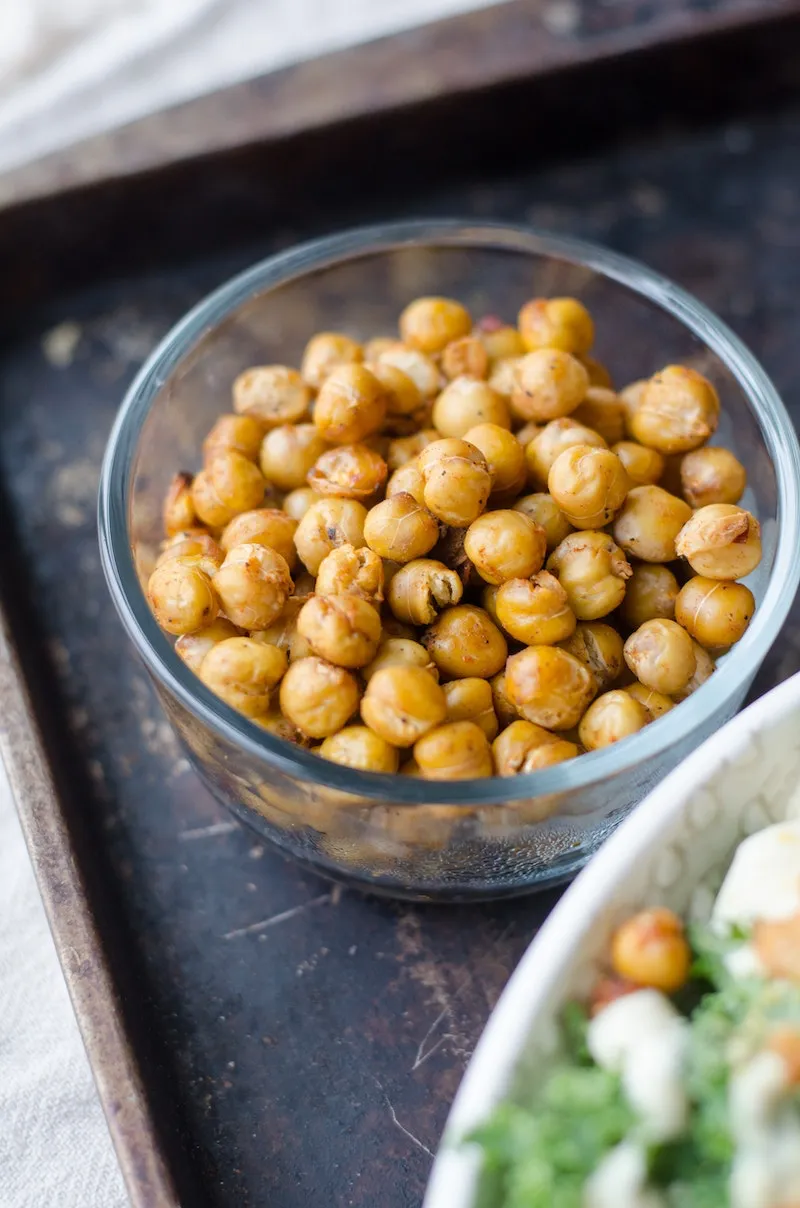
Struggling to Eat Enough? Try This.
For some people, the hardest part is eating enough calories. If that’s you:
- Drink your calories: Make a smoothie with protein powder, fruit, peanut butter, oats, and milk. It’s an easy 600+ calories.
- Use more oil: Add an extra tablespoon of olive oil to your salads and cooked veggies.
- Eat more frequently: Six smaller meals can feel less daunting than three huge ones.
Common Pitfalls to Avoid
Finally, watch out for these common mistakes:
- Fearing Carbs: You need them for fuel. Period. Focus your carb intake around your workouts.
- Forgetting Water: Your muscles are about 75% water. Dehydration hurts performance and recovery. Drink up!
- Overdoing ‘Healthy’ Fats: Yes, avocado and nuts are great, but they are incredibly calorie-dense. A handful of nuts can have 200 calories. It’s easy to overeat them and blow past your calorie surplus goal, leading to more fat gain than you want.
Inspiration:
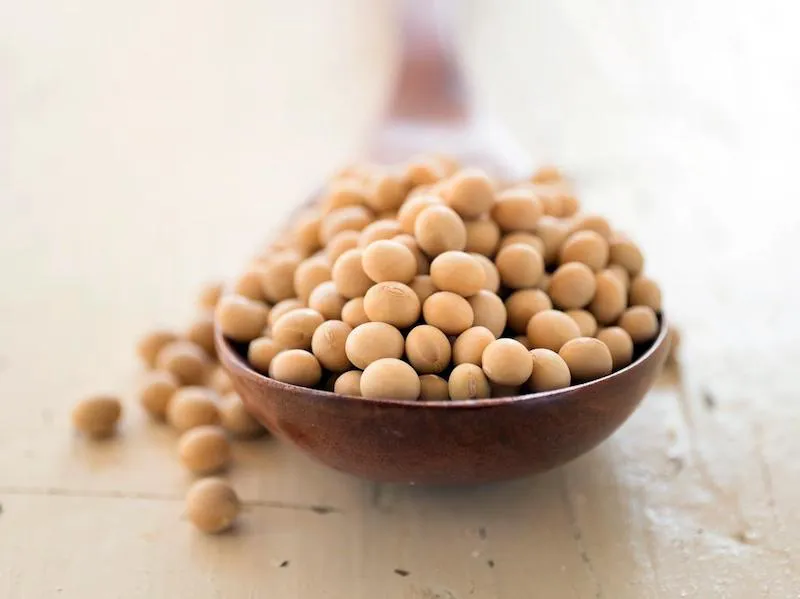
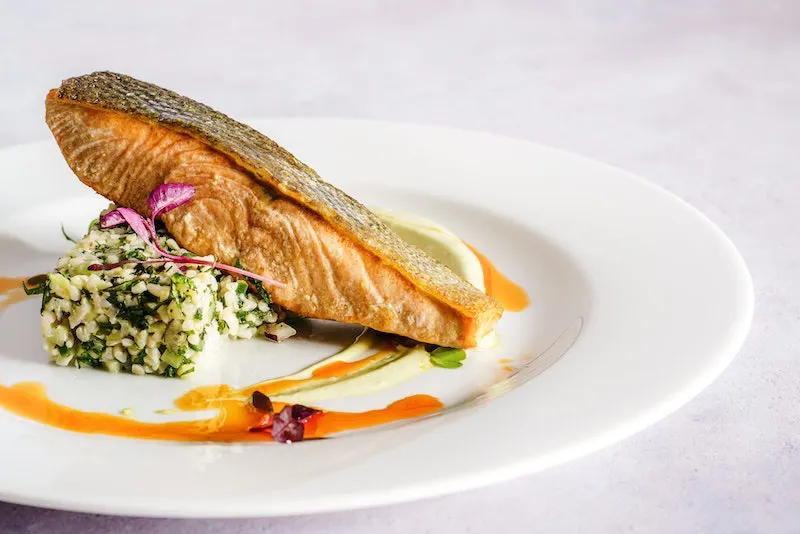
Whey Protein: The sprinter. It’s digested rapidly, flooding your muscles with amino acids—ideal for the 30-60 minute window after your workout to kickstart recovery. Think of Optimum Nutrition Gold Standard or Dymatize ISO 100 for a fast-acting, high-quality option.
Casein Protein: The marathon runner. It digests slowly, providing a steady release of amino acids over several hours. This makes it perfect before bed to prevent muscle breakdown overnight. Myprotein and Kaged Muscle offer excellent slow-release casein products.
For most people, having whey for post-workout and considering casein for a nighttime snack is a powerful combination.
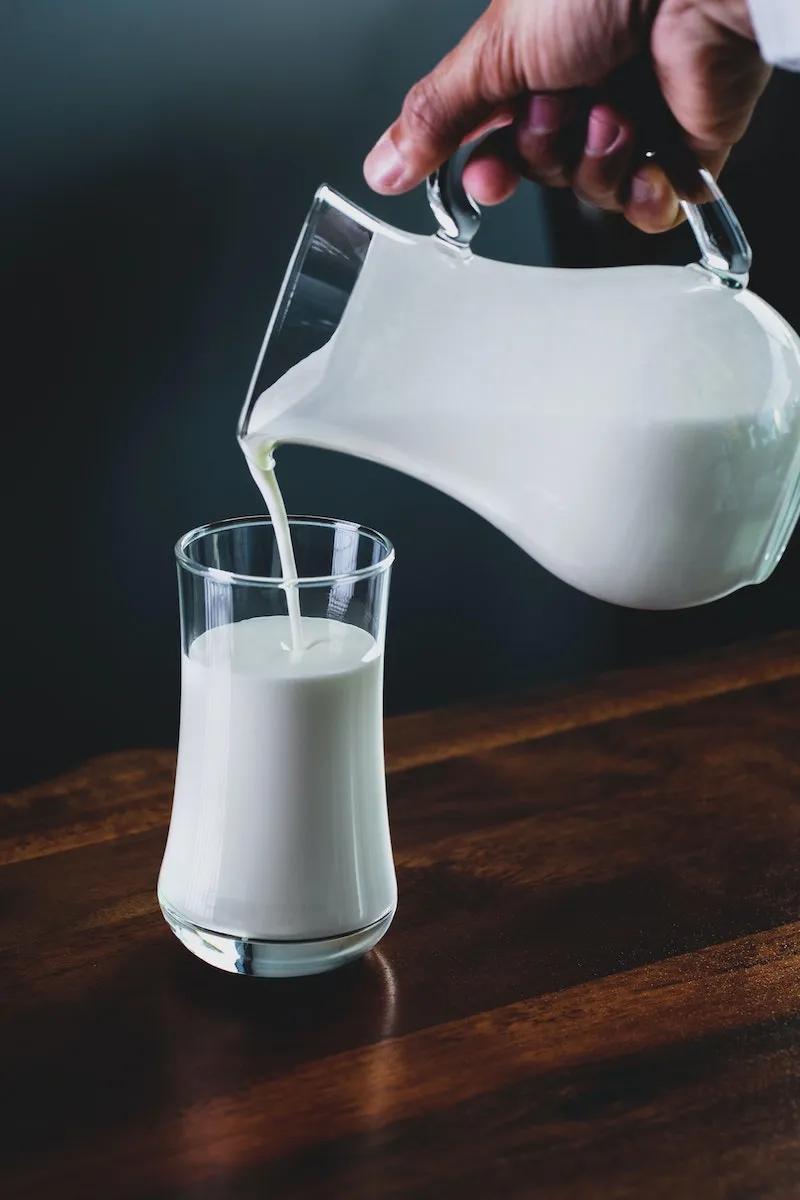
Not all amino acids are created equal. Leucine is the primary ‘on-switch’ for Muscle Protein Synthesis (MPS).
Think of it as the foreman of the construction crew mentioned in the article. Without enough leucine in a meal, the muscle-building process doesn’t fully activate, even if total protein is high. Aim for about 2.5-3 grams of leucine per meal to maximize the signal. You’ll find it in abundance in whey protein, chicken breast, eggs, and lean beef.
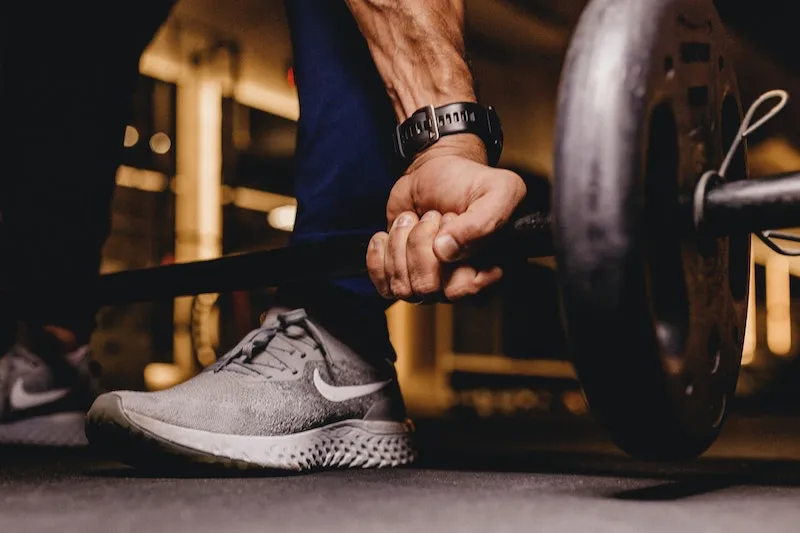
But won’t carbs just make me fat? I thought I was supposed to focus on protein?
This is one of the biggest misconceptions holding people back. Carbs are your body’s preferred energy source. They’re stored in your muscles as glycogen, which is the high-octane fuel you use to lift heavy and push through tough sets. Skimping on carbs means less energy in the gym, which leads to weaker workouts and a weaker stimulus for growth. Post-workout, carbs also help shuttle nutrients (like those amino acids from your protein shake) into your muscle cells more efficiently. Focus on complex sources like oats, sweet potatoes, and brown rice.
To keep the muscle-building ‘construction crew’ consistently supplied, it’s better to spread your protein intake throughout the day rather than consuming it in one or two giant meals. This maintains a positive nitrogen balance, essential for growth.
- Aim for 20-40 grams of high-quality protein every 3-4 hours.
- This could look like 4-5 meals/snacks across your day.
- It ensures your muscles always have the building blocks they need for repair and growth.










